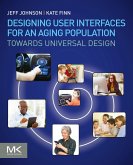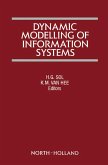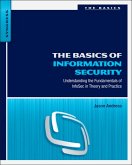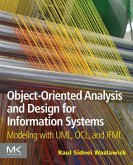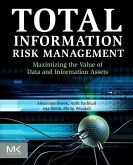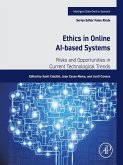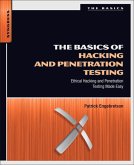Architecture-Driven Modernization (ADM) restores the value of entrenched systems by capturing and retooling various aspects of existing application environments, allowing old infrastructures to deliver renewed value and align effectively with enterprise strategies and business architectures.
Information Systems Transformation provides a practical guide to organizations seeking ways to understand and leverage existing systems as part of their information management strategies. It includes an introduction to ADM disciplines, tools, and standards as well as a series of scenarios outlining how ADM is applied to various initiatives. Drawing upon lessons learned from real modernization projects, it distills the theory and explains principles, processes, and best practices for every industry.
- Acts as a one-stop shopping reference and complete guide for implementing various modernization models in myriad industries and departments
- Every concept is illustrated with real-life examples from various modernization projects, allowing you to immediately apply tested solutions and see results
- Authored by the Co-chair of the Object Management Group (OMG) Architecture-Driven Modernization (ADM) Task Force, which sets definitive systems modernization standards for the entire IT industry
- A web site supports the book with up to date coverage of evolving ADM Specifications, Tutorials, and Whitepapers, allowing you to remain up to date on modernization topics as they develop
Dieser Download kann aus rechtlichen Gründen nur mit Rechnungsadresse in A, B, BG, CY, CZ, D, DK, EW, E, FIN, F, GR, HR, H, IRL, I, LT, L, LR, M, NL, PL, P, R, S, SLO, SK ausgeliefert werden.



